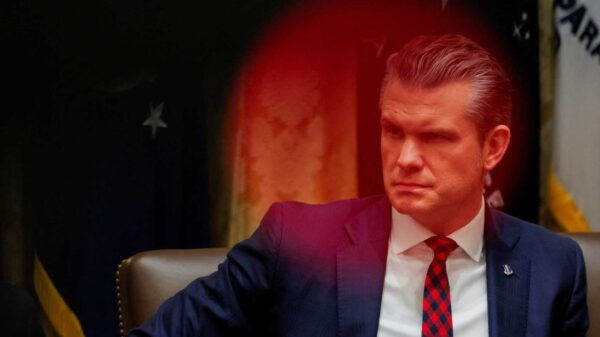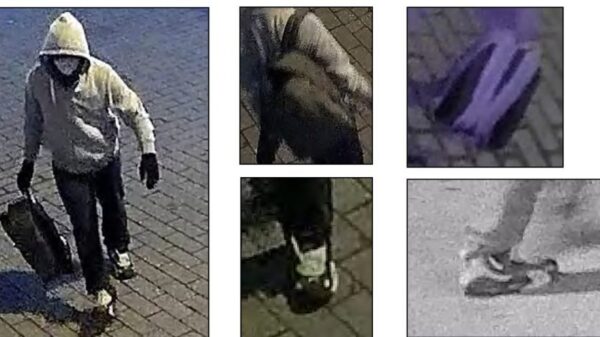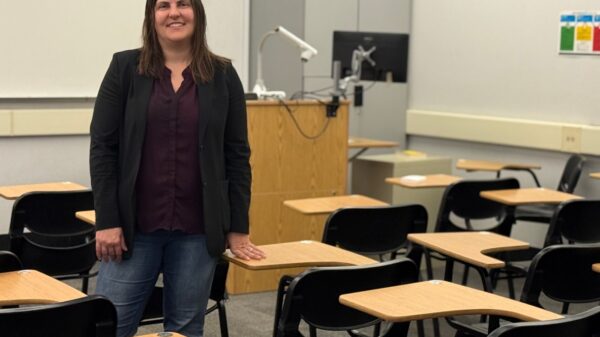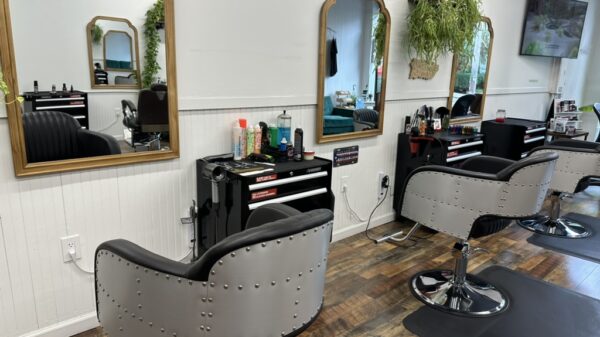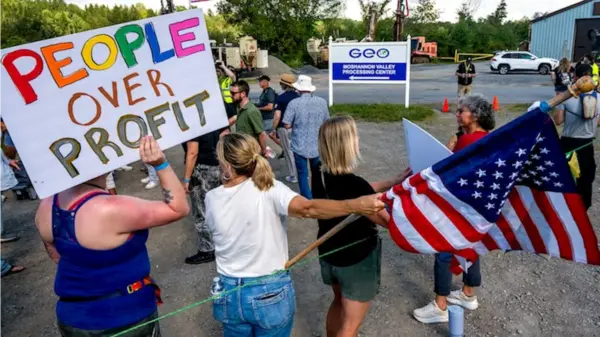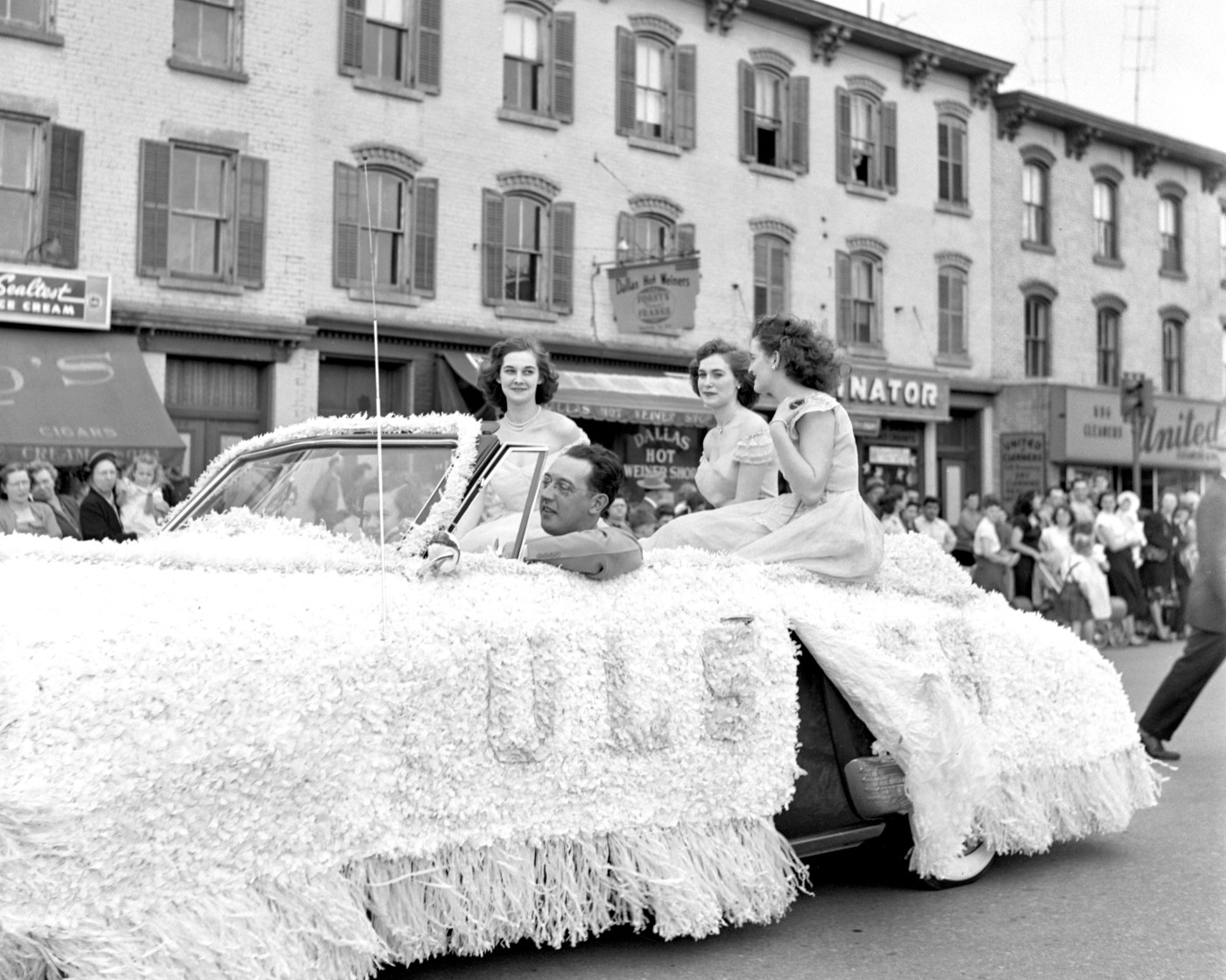A new exhibition at the Friends of Historic Kingston gallery features a remarkable collection of photographs taken by local resident Edward Budney. The exhibition showcases 50 framed prints from Budney’s extensive archive, highlighting Kingston’s evolution from the 1940s through the 1980s. This display opened recently and will remain on view until October 2023, with plans to reopen in May 2026.
Three years ago, Dean Engle, assistant director of the Friends of Historic Kingston, began the painstaking process of cataloguing approximately 15,000 black-and-white negatives found in cardboard boxes. These negatives, discovered after being purchased at a yard sale, contain images that depict daily life and significant events in Kingston. Engle described the collection as a treasure trove of historical value, stating, “We had to commit to looking at everything in order.”
Engle noted that the photographs offer a unique, “street-level” perspective of life in Kingston during a transformative period. “It’s a really working-class view,” he said. “This is such a personal presentation of living in Kingston in the mid-century.”
Budney, born in Kingston in 1920, spent most of his life at 125 Cedar Street. He graduated from Kingston High School in 1938 and worked at the Hercules Powder Company before joining IBM in 1955. After Budney’s passing in 1980, his family home was sold at auction as he was the last surviving member of his family.
The collection includes not only landscape images but also photographs of local landmarks and events, such as the Oscar Mayer display at Great Bull Market in May 1951, St. Joseph Church, and the Apple Blossom Festival from 1950. Engle emphasized the significance of these images, which depict Kingston’s community and development during a pivotal time.
The gallery is open to the public on Fridays and Saturdays from 10 a.m. to 3 p.m. through October. Following the current exhibition, the Budney collection will again be available for viewing in 2026, providing a continuous opportunity for residents and visitors to engage with Kingston’s rich history.
Engle’s efforts in digitizing and curating the collection reveal a commitment to preserving Kingston’s cultural heritage. “I don’t think anyone knew what to make of it,” he reflected, highlighting the importance of uncovering and sharing these images with the community. The exhibition not only honors Budney’s legacy but also offers a window into the lived experiences of Kingston’s past.


